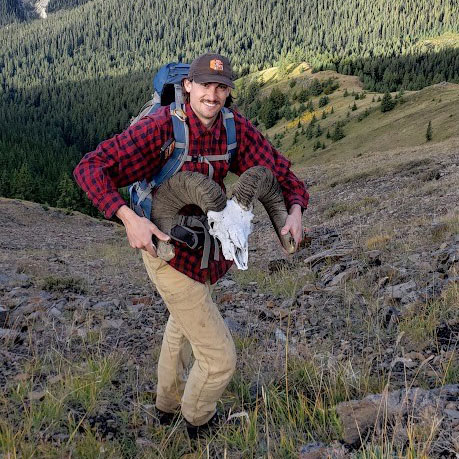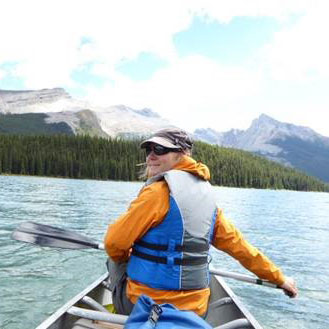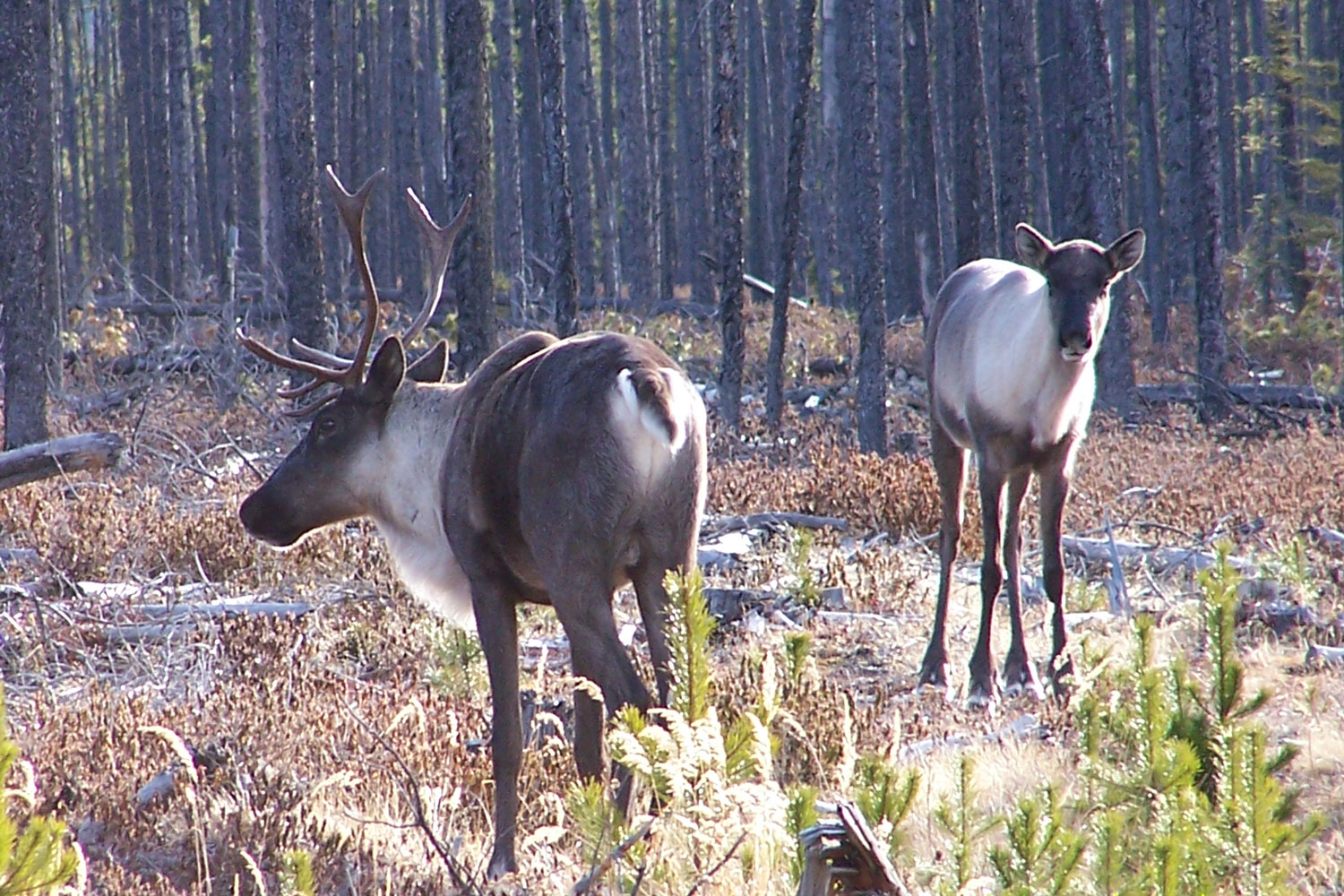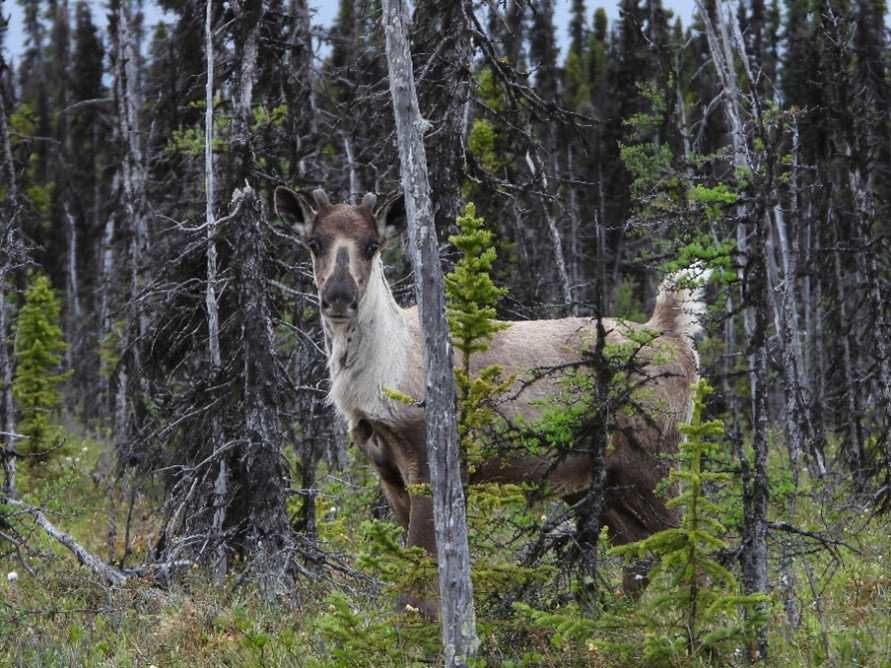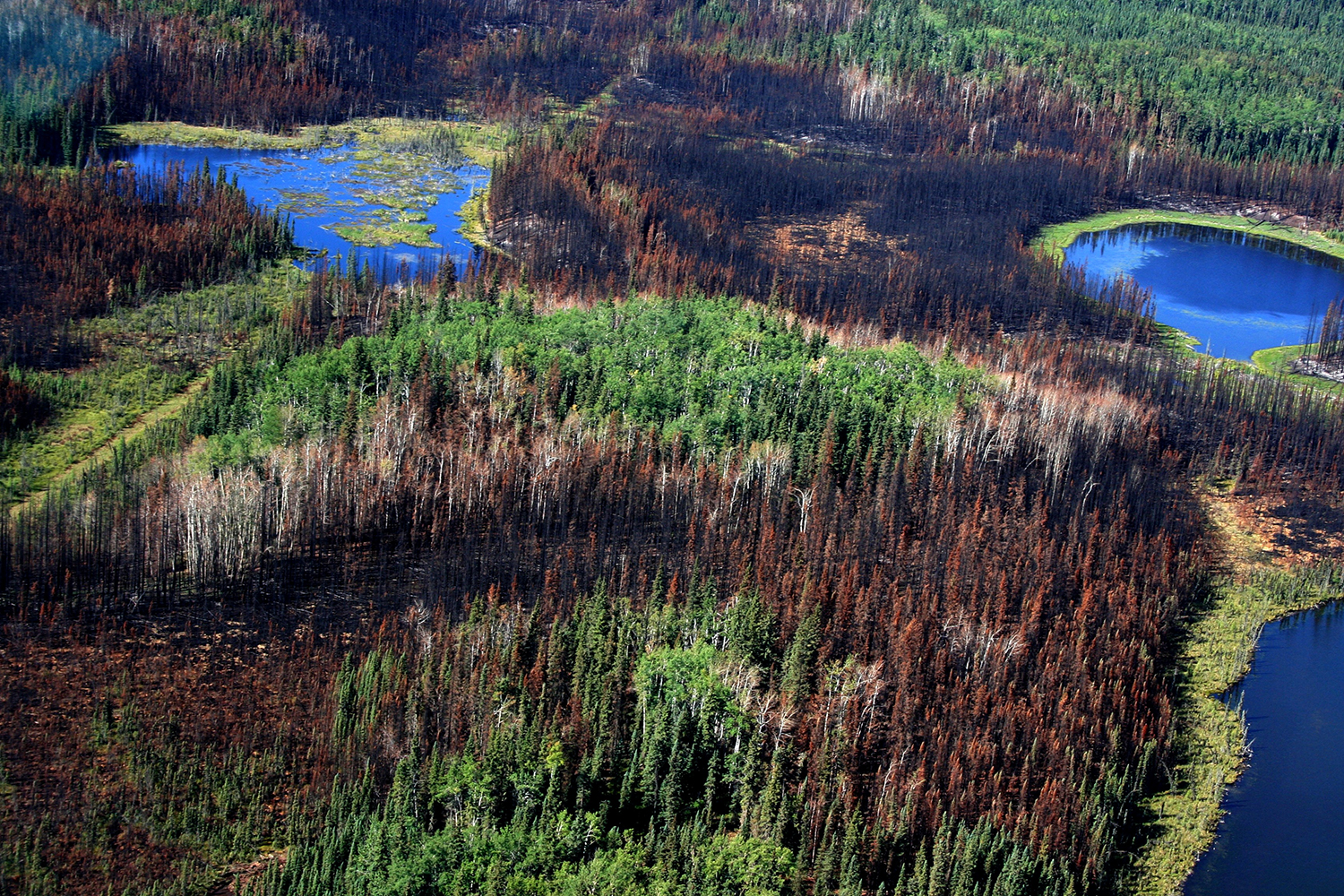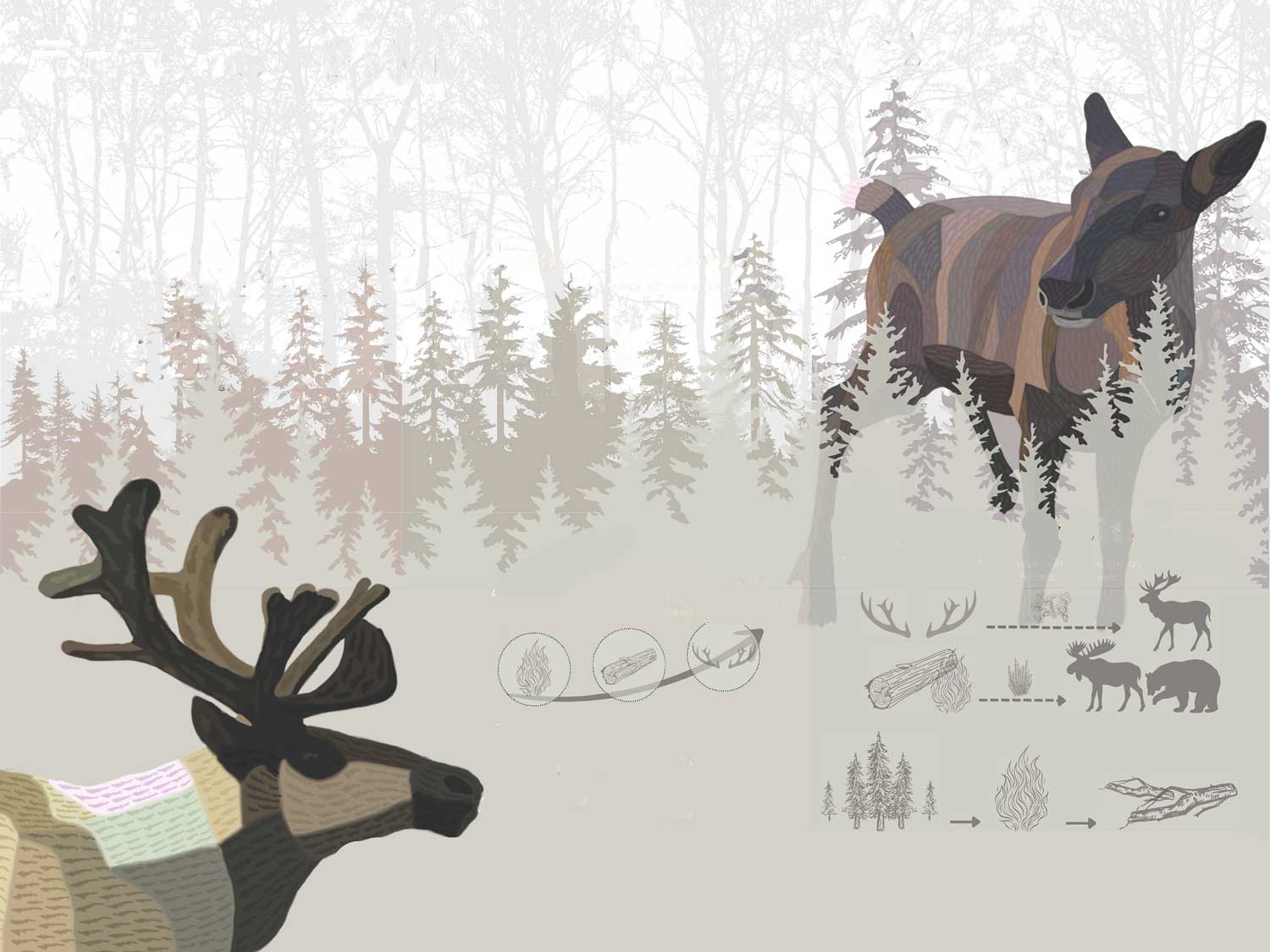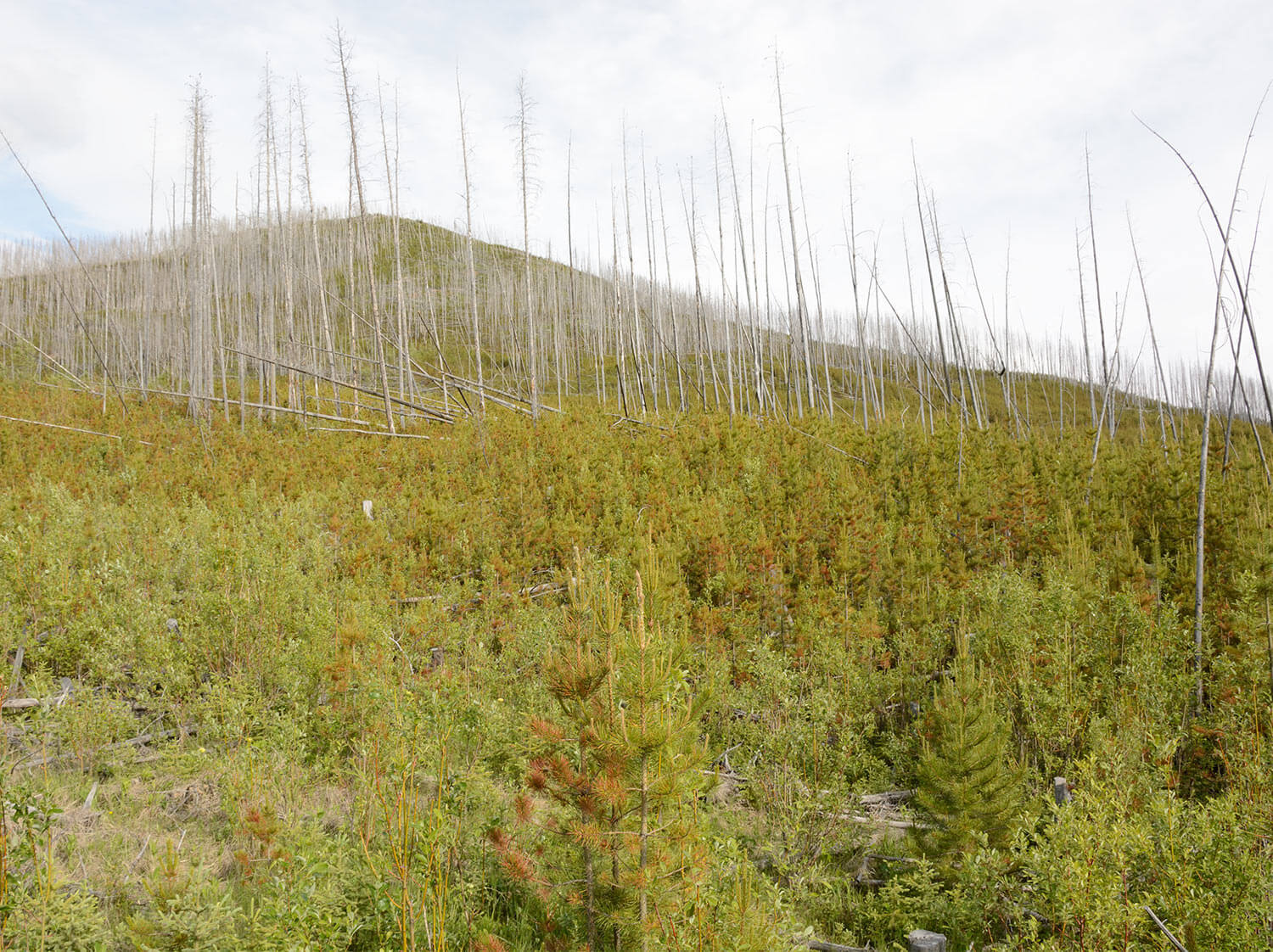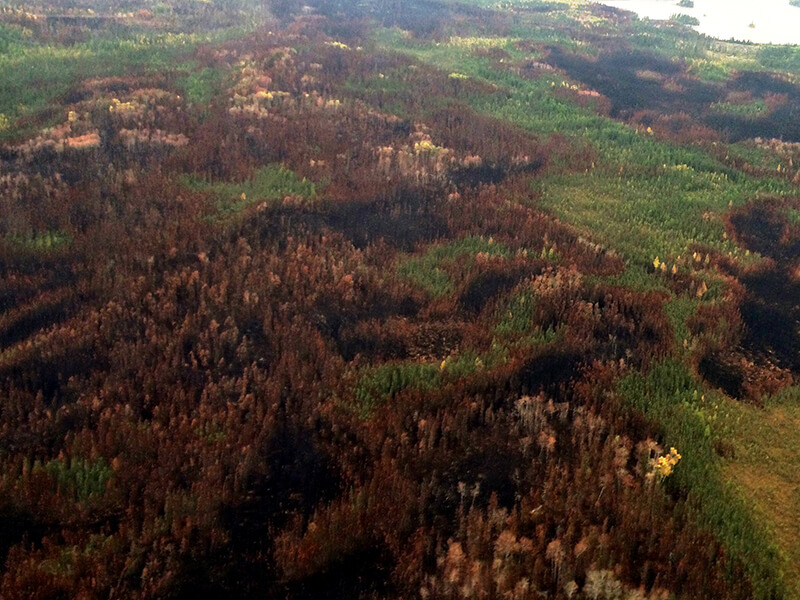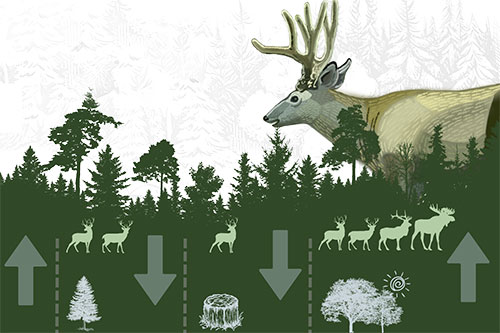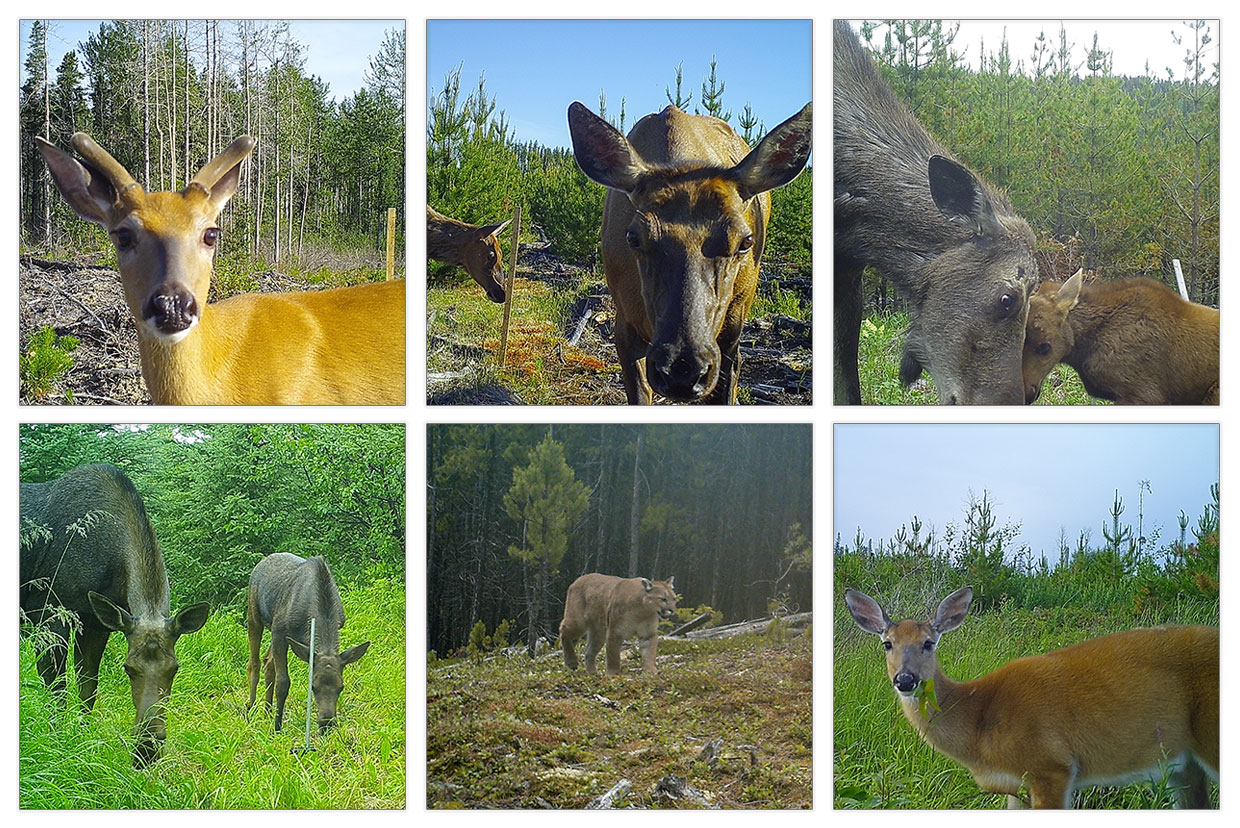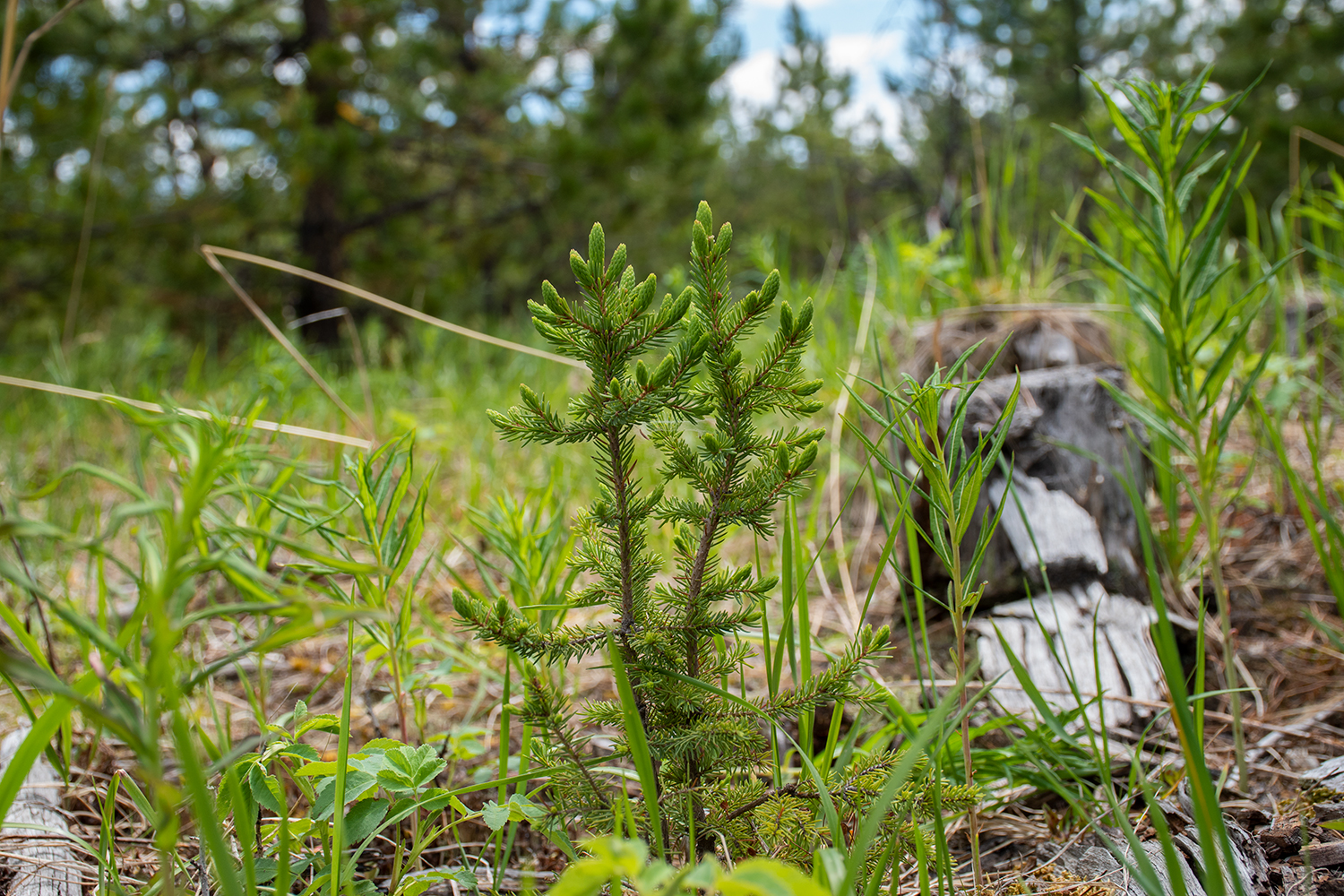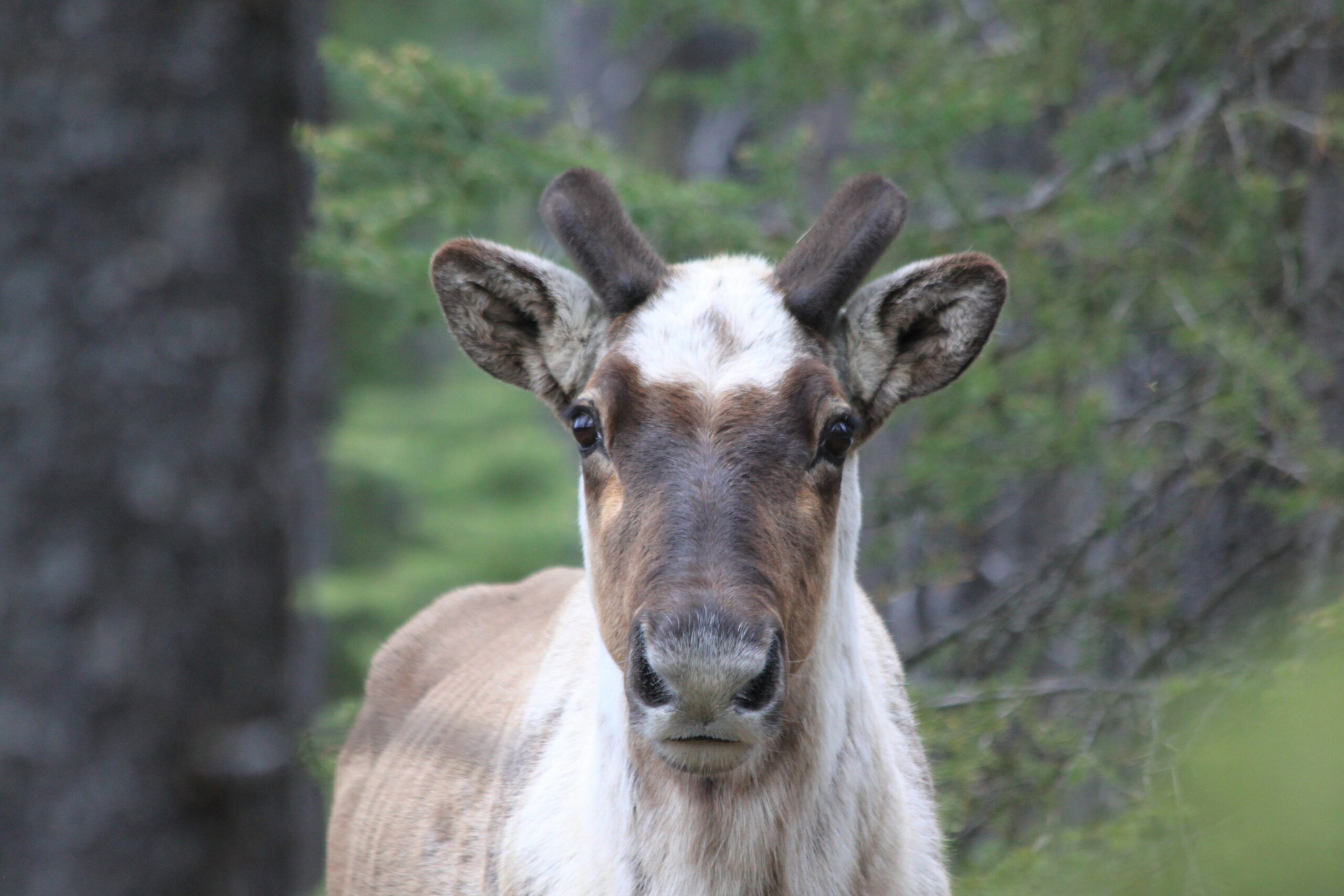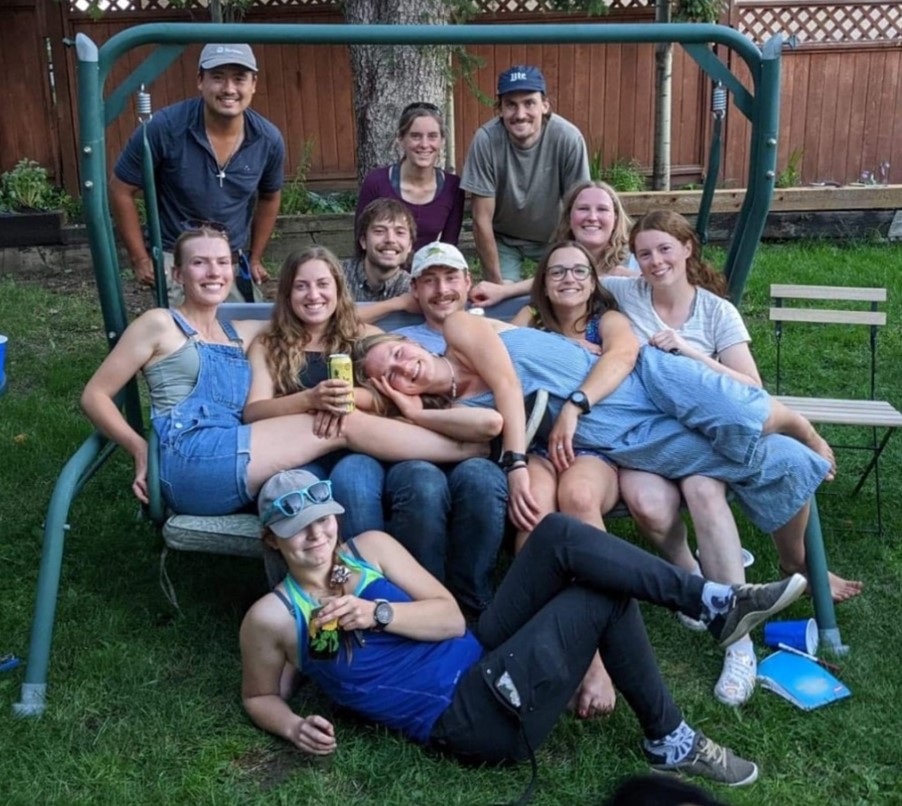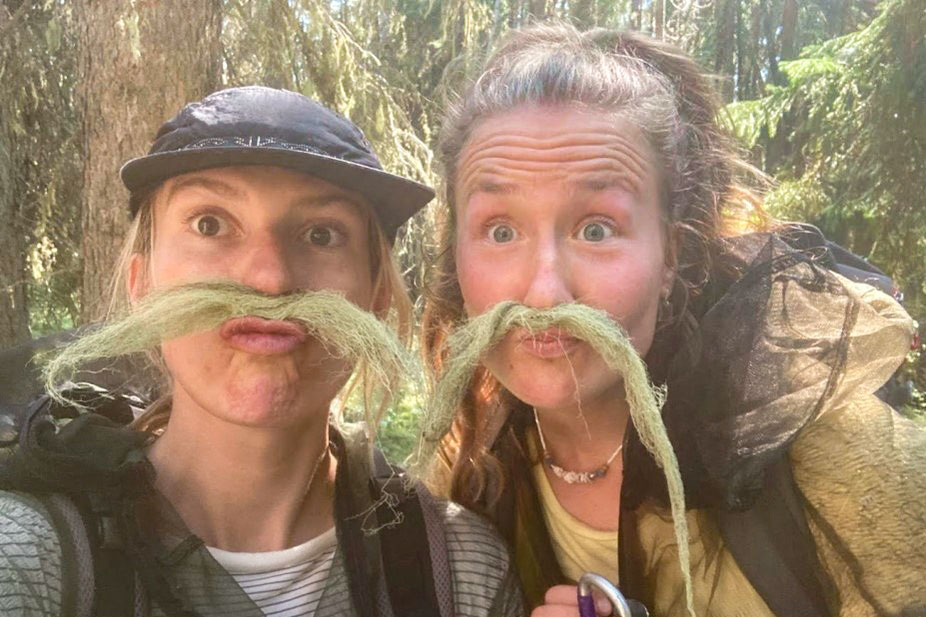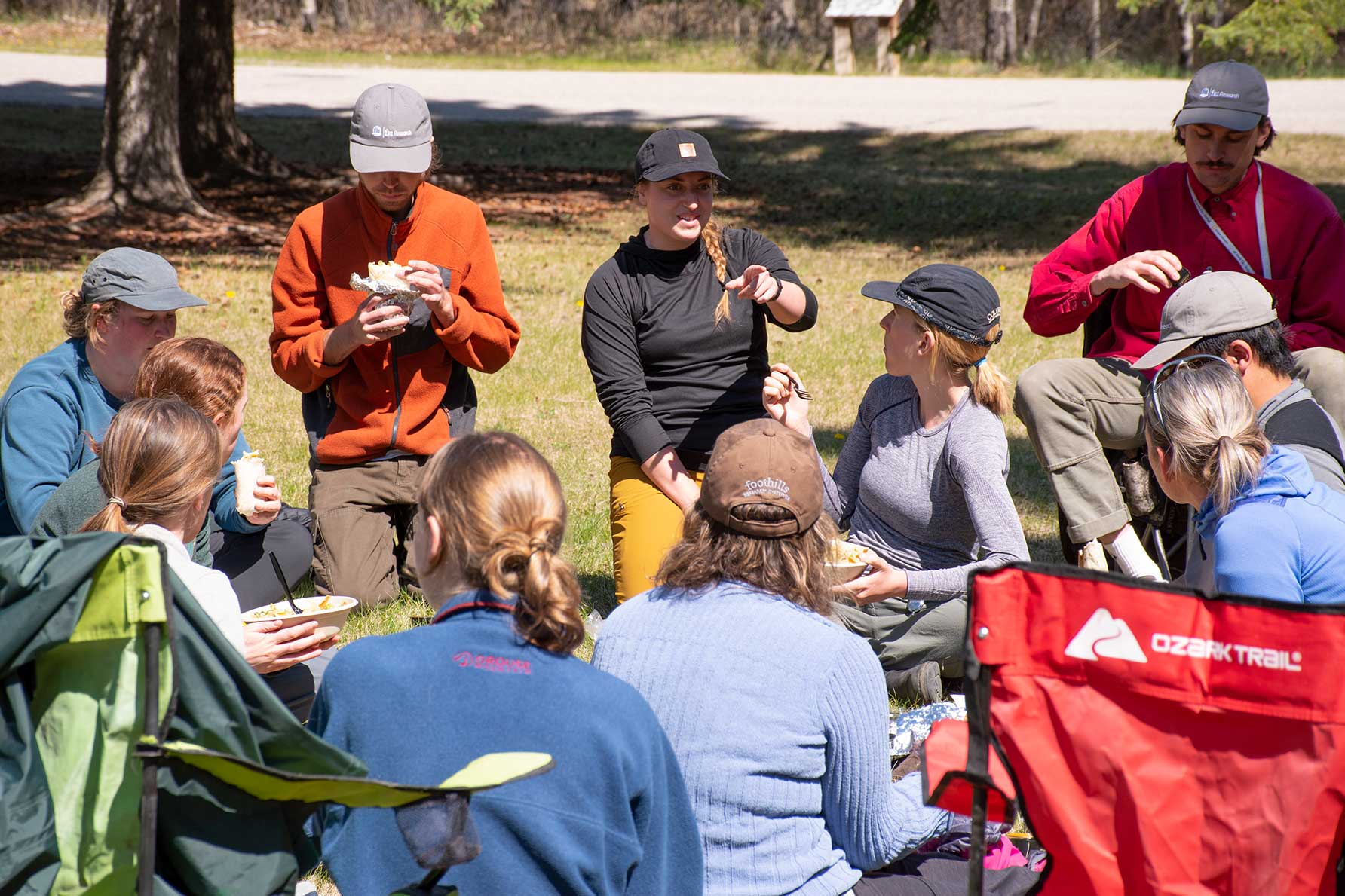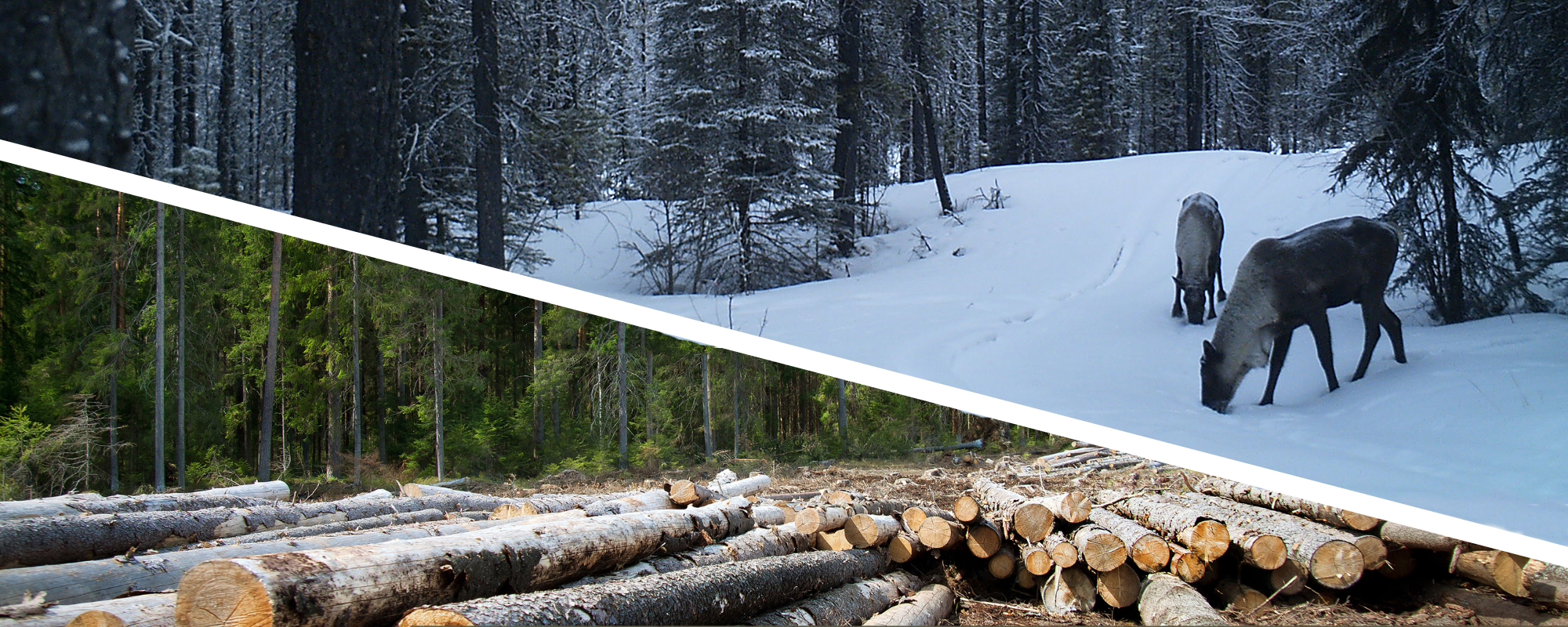
Advancing Harvest System and Silvicultural Practices for Improved Woodland Caribou and Fibre Outcomes
This 3-year study will evaluate the potential of new forest management practices to benefit both woodland caribou and growth and yield.
Over the course of the project, we will explore stand characteristics of areas woodland caribou use, the likelihood of harvested areas becoming woodland caribou habitat, and how this potentially differs from burned stands.
We will also identify gaps and opportunities in Alberta’s forest policies for regional silviculture treatments with the potential to improve the trajectory of harvested stands to become caribou habitat while still meeting desired fibre volume objectives.
Background
Declines of woodland caribou populations are linked to human-caused landscape changes that convert mature forests to early seral stands, resulting in habitat loss for caribou, abundant forage for primary prey species, and increased predation risk for caribou via apparent competition. Long-term solutions for caribou conservation will require habitat restoration and adaptive management.
Within managed forests, current reforestation strategies as well as future timber harvesting systems and silviculture practices could influence the timeline and effectiveness of re-establishing functional caribou habitat. Differences in forest stand characteristics and habitat attributes between natural disturbances and harvest disturbances may also influence availability of current and future woodland caribou habitat.
Objectives
1. Literature review
We will carry out a literature review to assess and summarize previous research investigating caribou response to fire and harvest disturbances, including research from ranges within Alberta and research from ranges in similar landscapes elsewhere in Canada. We will consider peer-reviewed literature and technical reports. This review will help determine knowledge gaps, to focus research questions on more specific variables of interest, and to refine both field methods and data analysis techniques
2. Stand characteristics of areas with documented use by woodland caribou in Alberta
Using caribou location data and collect field data from harvested areas used by caribou to relate forest stand characteristics within areas of caribou use. We will then develop models specific to herd ranges, providing information for partners in different regions of Alberta with differing ecosite types and local conditions.
3. Comparing similarly aged cutblocks and areas disturbed by fire
We will determine the differences in stand characteristics and vegetation understory between harvested areas and wildfires, and how these differ with the age of the disturbance and across different ecosites and caribou ranges. We will use this to create models specific to ranges, providing useful information for partners in different regions of Alberta with differing ecosite types and local conditions that could be used to inform future harvesting within caribou ranges and to determine when and where harvested areas are most similar to wildfires.
4. Assessment of historical cutblocks for their ability to produce future woodland caribou habitat
We will assess:
- How understory and stand characteristics within historical cutblocks differ across natural subregions and ecosites (and as a function of harvest systems, age since disturbance, etc);
- Characteristics of cutblocks in areas used by caribou (building on results from analyses of forest stand characteristics);
- Characteristics of cutblocks used by predators (black bears, grizzly bears, wolves, and cougars) and alternate prey (deer, moose, and elk);
- Whether/which historical cutblocks within caribou ranges contain understory and stand characteristics favourable to caribou and unfavourable to predators and alternate prey;
- Fibre volumes and stand structure of cutblocks used by caribou (based on data from FMA holders and our field data, i.e. tree heights and DBH measurements).
5. Integrate the results into an interactive GIS tool
This GIS tool will allow land managers to:
- Identify areas that are on a trajectory towards producing future woodland caribou habitat;
- Assess how different silviculture practices may change the trajectory of historical and current cutblocks towards producing future woodland caribou habitat;
- Assess how silviculture practices identified in ii) may impact fibre volumes now and into the future.
6. Review of Alberta’s forest policies
We will create a summary of current and potential silviculture treatments by region, FMA, ecosite and their value towards current and future caribou habitat.
We will also deliver a map of current and potential silviculture treatments by region, FMA, ecosite and their value towards current and future caribou habitat that could be used for spatial planning by forestry.
Researchers begin a literature review and planning fieldwork
Critical knowledge gaps and research opportunities identified
Crew leaders plan logistics, advertise for technicians, and mananage equipment
The team learn COVID-19 protocols, safety, and plant identification
Crews head begin shifts in northern Alberta to collect data
Vegetation data collected from 313 cutblock and wildfire sites.
A large crew gathers data for in cutblocks across Alberta
Post-doctoral researcher hired for data analysis


